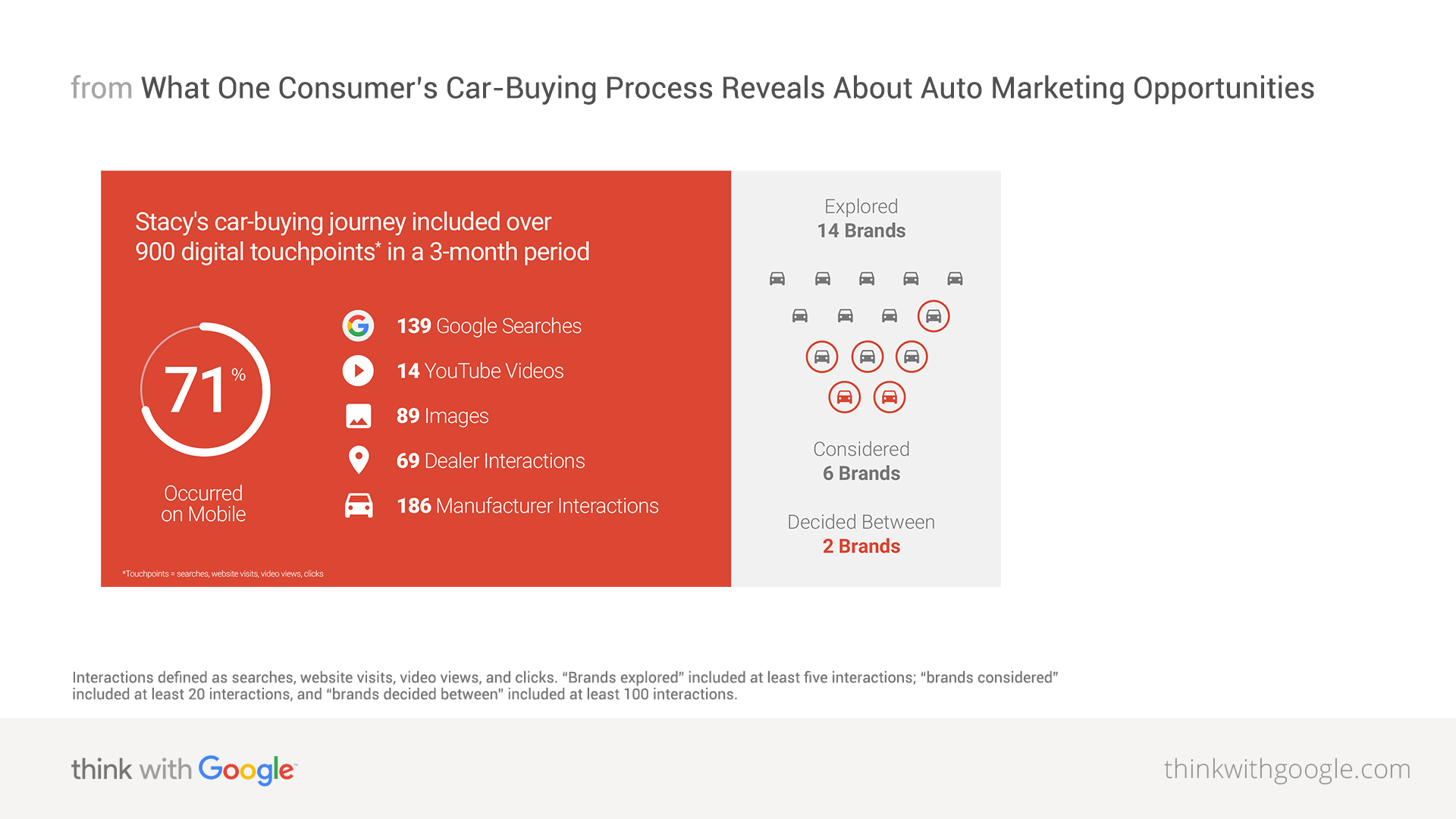The 411 on 1:1 Marketing
The “one size fits all” mass marketing method has been well on its way out of style. Before it was all about getting out a message to as many people as you possibly could, hoping that at least one of them would become a customer. Over the last few years marketers have discovered that going this route is generally not the most cost effective. They’re now trying to send out more personalized messages to a more specific target market.
One-to-one marketing, also referred to as relationship marketing, is by no means a new strategy, but has become one of the most popular buzzwords of 2019. It focuses on personalized interactions with each customer, catering to their individual behavior and needs. The challenge faced by marketers now is how to achieve this digitally. While brands are constantly updating their process to be more customizable, it still has yet to be perfected.
Types of One-To-One Marketing
Customization
This gives each customer the ability to customize the product to fit their own taste. The company doesn’t have to learn the preferences of each individual customer. It just has to produce and manufacture each product differently, according to the preferences set by the customer.
An example would be how Nike.com gives consumers the opportunity to customize their own shoes, deciding the colors, material used, etc. Some social media platforms also let users customize their profiles by giving the option to alter their feeds to fit their own preferences and interests.
Personalization
With personalization the company takes the time to learn the personal preferences of each customer individually. The company then customizes its marketing plan accordingly, catering to the tastes of each individual.
Amazon.com is considered one of the most successful at using this strategy. They collect data on users based on what they have bought or looked at in the past. Amazon then uses that data to recommend new products for them to purchase.
Why it Works
One-to-one marketing takes customer relationship management data, then segments, activates, and measures that data to discover the customers of highest value, while maximizing reach to them. One-to-one marketing generates lift, has the ability for extremely specific segmentation, as well as producing measurable results. You have the ability to substantially increase conversion rates due to the fact that you’re delivering more relevant messages to each audience segment, according to the feedback from those segments. You’re also creating micro-segments, targeting each customer specifically and uniquely.
Getting Closer to One-to-One Personalization
As we said before, this is not a new concept, but taking it and perfectly applying it to the digital marketing world has difficulties. MarketingLand has found 5 steps brands have started integrating into email campaigns, attempting to get closer to reaching one-to-one personalization.
1. Practice Good Data Hygiene
Remove inactive subscribers, duplicate emails, and fake accounts regularly. The quality of your content doesn’t matter if it’s not making it to the right, and legitimate, people.
2. Maintain Good Relationships with ISPs
Brands need to follow the best practices to maintain good relations with internet service providers such as Google, Yahoo, etc. A poor reputation can prevent your brand’s emails from reaching your subscriber’s inboxes. Monitor your reputation by frequently reviewing and adjusting targeting, frequency, and deployment strategies.
3. Use User-Friendly Templates
The development, creation, and deployment of campaigns can take weeks, maybe even longer, if marketers don’t have a streamlined process with the right tools in place. Marketing teams can build responsive, dynamic campaigns without coding, using drag-and-drop functionality. Production time can be cut in half, allowing your team to create more relevant content for more of your audience.
4. Dynamic Content Blocks
These have the ability to cater to each subscriber segment, creating greater efficiencies when changes frequently occur. For example, in retail there is a constant movement of pieces from inventory to offers that have the possibility of changing at a moment’s notice. Building automated pieces of content into template ensures that these last minute changes can be made with no real labor. This reduces production and also allows the design team to focus on other, more important tasks.
5. Have a Robust Trigger Program
This is the easiest way to implement personalization for email programs. The program delivers relevant content in a timely manner with the results being open rates exceeding far above averages promo messages. MarketLand suggests to frequently check subscriber activity, purchase history, browser behavior, preference data, etc. to find additional ways to boost your program. These triggers can provide a jump in revenue with less maintenance in content creation.
Additional Thoughts
All marketers are aware that individualized content is the best way to build awareness and relationships with customers. While it’s easy for smaller companies to personally communicate with each individual customer, there are many barriers when trying to make that happen on a much larger, digital scale. Despite the challenges, marketers are employing a variety of strategies that are allowing them to get much closer to one-to-one personalization.
More From Onimod Global
The digital marketing experts from Onimod Global are here to make sure that you receive the best information possible regarding the digital marketing industry. You can access our full compilation of news articles here!



